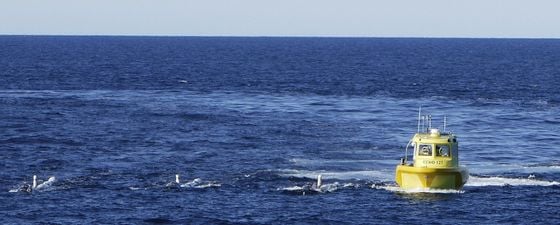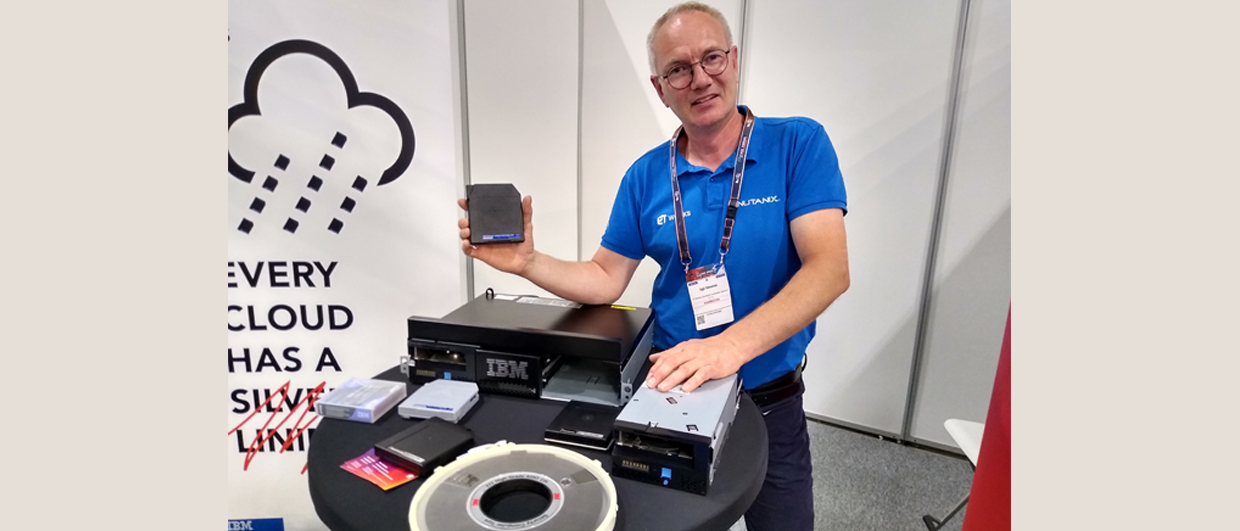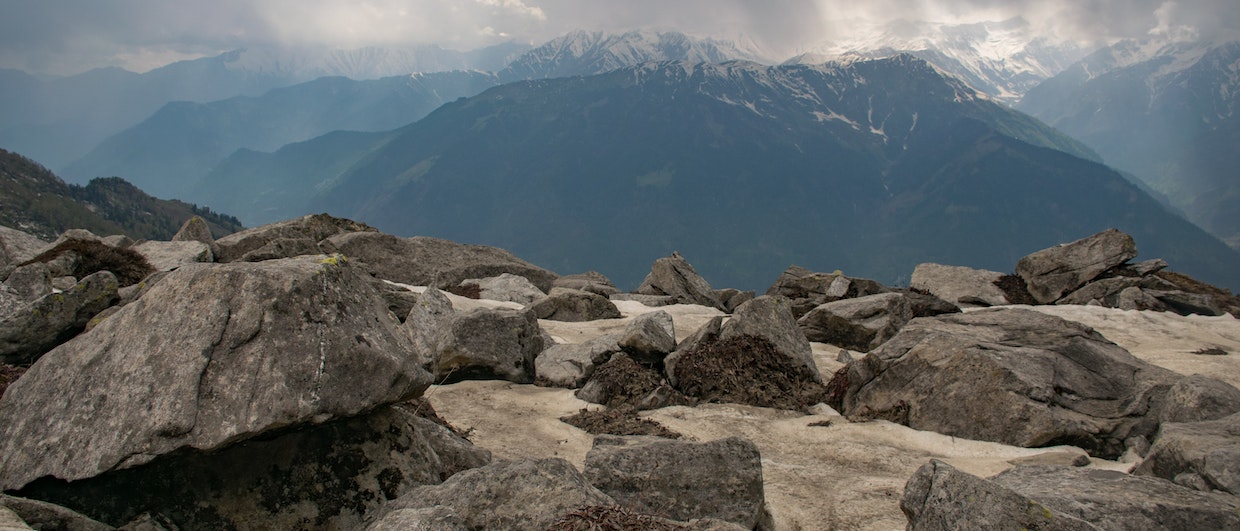New ideas in acquisition and processing are finally realizing the full potential of broadband data.
Traditional towed streamer marine seismic acquisition has been stuck with the same old geometries for many years: two sources at the head of multiple streamers. The only real improvements have been the adoption of broadband to increase resolution and a steady rise in the number of streamers to improve operational efficiency. By utilizing developments in processing we can not only build on the efficiencies that multiple streamers give us, but also finally realize the full potential of broadband data.
Polarcus Adira at work. (Source: Polarcus)
Polarcus Amani. (Source: Polarcus)
Innovation Through Necessity
When Polarcus undertook the Capreolus multiclient project on the North West Shelf of Western Australia, the area was sufficiently big to potentially require two conflicting survey designs to accommodate the different play types – one high-fold for the shallow water area and the other conventional fold with a long time record for the deepwater area. A real bonus in both cases would be to have imaging to the basement. Traditionally, the choice has been rather stark: compromise both from the desired outcome, or place a boundary somewhere between survey types with little geological input as this is a frontier basin.
The solution proposed was to acquire data with overlapping shots, a concept that has been brewing within the industry for many years and was proved to work by the principal pre-funder of the Capreolus survey, Quadrant Energy (formerly Apache Energy), over a series of surveys acquired by them since 2011. Encouraged by this company, Polarcus decided to actively investigate this option with DownUnder GeoSolutions (DUG).
Overlapping shots occur when sources are sending acoustic pulses more often, such that the energy from one source is visible on the recorded data from another – i.e. they overlap. This overlap noise needs to be removed or ‘de-blended’, and whilst this is commonplace in land-seismic, the problem is much harder in the marine environment due to the proximity of the sources to each other and the lack of azimuth/offset variation. The advantage of this method is to increase the fold, and as data is recorded continuously, we dissociate the record length from the shot-point interval. By using overlapping sources, we thus solve the high-fold and long record length that was desired for Capreolus.
To convince ourselves and other pre-funding clients, besides Quadrant, that overlapping shots were the solution, test data was acquired just prior to the survey start. With an extremely short timeframe, DUG was challenged to run tests and produce an acceptable early result that showed the viability of deblending in the area. 23,000 km2 later, with a honed de-blending workflow, the survey was deemed a success.
Crosslines after PSTM migration, with conventional 25m trace spacing and XArray Penta Source with 6.25m spacing. Section covers approximately 0.5 second and 2 km in width. Fault resolution is far sharper with direct fault plane imaging because of the superior spatial sampling of Penta Source.
Crosslines after PSTM migration, with conventional 25m trace spacing and XArray Penta Source with 6.25m spacing. Section covers approximately 0.5 second and 2 km in width. Fault resolution is far sharper with direct fault plane imaging because of the superior spatial sampling of Penta Source.
Pick Any Two… or All Three?
Triple source was an old idea born in the nineties but was not very successful because the data was difficult to process – the inline distance between shots made sub-surface line processing in the common receiver and 2D CMP domains difficult, with large trace spacing and low-fold respectively. Our Capreolus experience confirmed that the problem of maintaining adequate fold and long time records could be solved by source de-blending. If we marry this solution with triple sources, we can overcome or mitigate the inherent weaknesses of using multiple sources. We can then look at extending the range of source/receiver geometries and resemble land-seismic in being able to optimize a survey’s source/receiver ratios and geometry in order to meet given 3D sampling criteria. Those criteria are a balance of quality and cost, but also external non-geophysical considerations like fair-weather windows or whale migrations. A key advantage of Polarcus’ XArray™ Triple Source is the substantial reduction in HSE risk, given that less towed equipment is required to achieve the same cross-line sampling of conventional dual source acquisition. This also makes an XArray survey more efficient and cost effective.
The efficiencies that result from the use of XArray arise due to the ability to widen the streamer separations to acquire the same cross-line bin size that one would obtain from a conventional dual source design. As a result, the volume of data acquired increases by 50% per pass, which represents a great improvement in efficiency. Of course, we should also consider the reduced HSE exposure when acquiring data in such a time efficient manner: there is simply less in-sea equipment that the crew have to handle. As a result, the small boat operations needed to maintain streamers – the most hazardous aspect of marine seismic – are reduced significantly.
However, when using triple sources, an alternative to efficiency gains is the option to keep the streamer spread the same as for the conventional set-up and create a technical gain via the smaller cross-line bin size, thereby providing improved cross-line resolution. In the past, a smaller bin size meant narrower streamer separations, perhaps shorter streamers to address the risk of tangles, but certainly more sail-lines to acquire which also added more cost. If we add a third source, we reduce the bin size whilst maintaining conventional acquisition efficiency.
Timeslice acquired using conventional methods compared to one using XArray™ Penta Source. (Source: Polarcus)
Timeslice acquired using conventional methods compared to one using XArray™ Penta Source. (Source: Polarcus)
De-blending Challenges
The challenges of triple source operations lie in the de-blending process and also in the reduction in source volume. That said, the section where overlap occurs (and de-blending is essential) is relative to the water bottom time, plus the time between shots. So, for a typical shot-point interval of 12.5m, we would have 5 seconds of clean data below the water bottom, which will cover the majority of target times, and pre-stack analysis like AVO or inversion can take place in the usual manner. De-blending enables the record length to be extended to whatever length is desired, allowing the deeper section to be interpreted as well. As triple sources are limited to two sub-arrays per source and here, we can consider that the inline fold is actually increased by a third as the shot-point interval between the same source drops from 50m to 37.5m, the concern of smaller sources is thus mitigated. Apart from the shot density during final imaging, the smaller shot-point interval means that sub-surface line processing quality is improved with better de-noise and de-multiple.
Have we really found a way to achieve a faster, better and cheaper, not to mention safer process? Yes, would be the answer. By expanding the normal streamer spread slightly and inserting the third source, we end up with smaller bin sizes and a wider acquisition footprint than a traditional survey with the same number of streamers.
Shown above are coherency slices at 3,100ms covering 50 km2 through an area of polygonal faulting. The conventional dual source data are migrated at 6.25x25m and the XArray Penta Source migrated at 6.25×6.25m. The Penta Source coherency slice clearly shows sharper fault details.
Shown above are coherency slices at 3,100ms covering 50 km2 through an area of polygonal faulting. The conventional dual source data are migrated at 6.25x25m and the XArray Penta Source migrated at 6.25×6.25m. The Penta Source coherency slice clearly shows sharper fault details.
Better Through Design
So far, we’ve considered triple sources, and we’ve seen that we can reduce the cross-line bin size to improve resolution. But what if we add more sources? If we consider five sources, then we can reduce the cross-line bin size so that virtually all data is imaged un-aliased, finally realizing the full potential of broadband seismic – temporal and spatial.
XArray Penta Source, which utilizes five sources, is not straightforward, as marine seismic vessels typically have six sub-arrays, which would allow for a five-source design, but with very small source volumes. The solution to the problem is to simply reuse sub-arrays in more than one source definition; for example, we use sub-arrays A and B for source one, and sub-arrays B and C for source two, and so on. This novel design allows for reasonably big source volumes, and for five sources to be defined with six sub-arrays. To maintain a reasonable inline fold for processing, the shot-point interval needs to be lower than even 12.5m, and 9.37m is the next logical interval – a multiple of the ‘base unit of seismic’ of 3.125m – and with this we actually increase the inline fold over conventional! The time between shots is about 4 seconds, so the first 4 seconds below the water-bottom time will be without interference. With these sorts of shot-point intervals, we get over 200 shots/km2, compared to 80 shots/km2 for conventional, which will easily compensate for smaller source sizes during imaging.
The design and initial test survey were intriguing for Quadrant Energy, who found themselves with a suitable area in which to deploy XArray Penta Source commercially. Additionally, a conventional reference survey was acquired over the center to better understand the uplift obtained.
Through innovation, the Polarcus team, together with DUG’s processing expertise, are defining an exciting and forward-thinking path for the future of the seismic industry.





